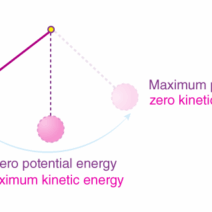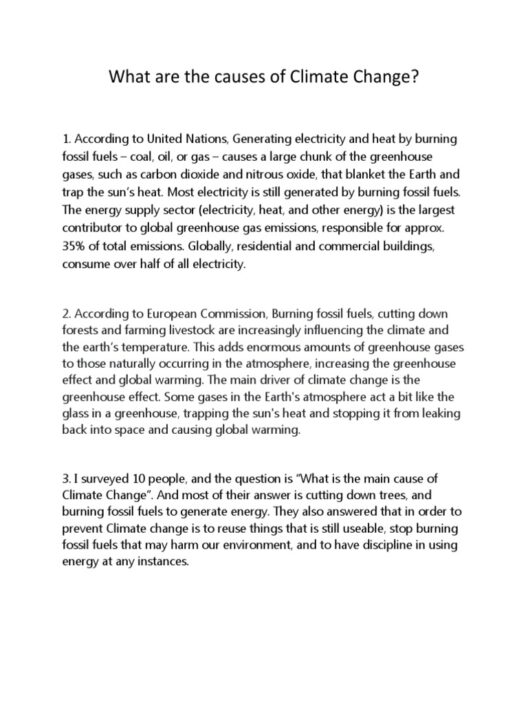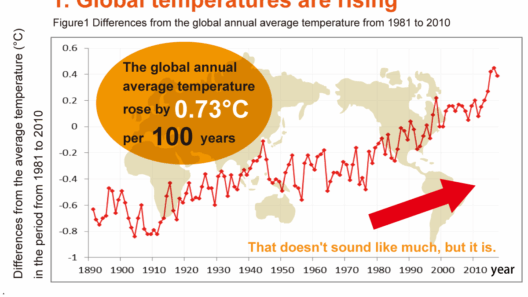As the global community grapples with the complexities of climate change, the urgency to adapt and prepare for a warming world becomes increasingly imperative. Rising temperatures, erratic weather patterns, and devastating natural disasters foreshadow a future that is markedly different from the one we inhabit today. A shift in perspective is not merely beneficial; it has become a necessity for survival. Understanding how to preemptively address the multifaceted challenges posed by climate change can foster resilience and safeguard futures.
**Understanding the Imperative of Adaptation**
Preparation must begin with a cognizance of the climate crisis itself. It is crucial to grasp the implications of prolonged global warming, which is projected to exceed 1.5 degrees Celsius above pre-industrial levels as early as 2030 if current practices continue. This knowledge serves as both a catalyst and a roadmap for adaptation strategies. The journey towards readiness must encompass a comprehensive understanding of local ecosystems, community vulnerabilities, and potential resilience-building measures.
**Culminating the Conversation: From Awareness to Action**
The discourse surrounding climate change often pivots on doomsday predictions and ecological collapse. However, it is equally vital to invoke conversations centered on action, adaptability, and hope. The realization that human ingenuity possesses the capacity to spur transformation must replace fatalism. Emphasizing innovative methodologies to cope with impending changes reinforces our collective strength. This leads us to a pivotal question: What practical steps can be mobilized to confront the consequences of a warming planet?
**Localizing Solutions: Community Engagement**
One of the foremost strategies to prepare for climate change is fostering community engagement. Localized initiatives can create a ripple effect of awareness and action; from implementing rainwater harvesting systems to establishing community gardens. Local frameworks tend to be the most effective, as they understand regional climate models and specific vulnerabilities. Moreover, these initiatives serve as educational platforms, empowering individuals with the knowledge to enact sustainable practices in their daily lives.
**Transitioning to Renewable Energy**
Energy consumption is at the heart of climate change. Transitioning from fossil fuels to renewable energy sources is not merely desirable but critical. Solar, wind, hydro, and geothermal technologies stand as bulwarks against carbon emissions. While governmental policies play an essential role, individual actions elevate this transformation. Homeowners can install solar panels or engage in energy efficiency programs. Community-wide efforts, such as local energy co-ops, can democratize energy production while providing economic opportunities.
**Water Conservation and Management**
As temperatures rise, so do the challenges associated with water availability. The frequency of droughts is increasing, making efficient water management indispensable. Techniques such as xeriscaping, which utilizes drought-resistant plants, can substantially reduce residential water consumption. Furthermore, investing in modern irrigation systems enhances agricultural water efficiency, ensuring that food production remains sustainable despite climatic stresses. It is imperative to understand that water conservation is a shared responsibility, pivotal for sustaining both human life and biodiversity.
**Biodiversity and Ecosystem Resilience**
Our ecosystems are intricately linked, and biodiversity serves as the backbone of our environmental health. Climate change exacerbates habitat loss and endangers countless species. Protecting local flora and fauna through conservation initiatives can bolster ecosystem resilience. Urban greening projects, the establishment of wildlife corridors, or restoration of native habitats are actionable steps that communities can undertake. Strengthening the interconnectedness of natural habitats not only enhances biodiversity but also fortifies local ecosystems against climate-related disruptions.
**Advocating for Policy Change**
Political will is critical in the battle against climate change. Advocacy for comprehensive environmental policies must remain persistent and relentless. Individuals and groups must engage with policymakers to advance legislation that addresses climate preparedness. Key areas for advocacy include carbon pricing, investment in green infrastructure, and regulations that incentivize sustainable development practices. The power of organized civic action can lead to transformative policy changes that not only mitigate climate risks but also establish long-term sustainability frameworks.
**Incorporating Climate Education**
Awareness devoid of action proves futile. Thus, incorporating climate education into school curricula and public platforms is essential. Educating future generations about climate change fosters a culture of responsibility and activism. Schools, community centers, and online platforms should serve as venues for workshops that promote environmental awareness and skill-building, such as sustainable gardening or energy auditing. Inculcating these values early can awaken a passion for stewardship towards the planet.
**Financial Preparedness for Climate Change**
The economic implications of climate change cannot be underestimated. Individuals and communities should consider financial preparedness as part of their strategy. This includes creating emergency funds for potential climate-related disasters and investing in resilient infrastructure. Furthermore, advocating for funding directed at climate adaptation projects ensures that financial resources are available for necessary community improvements. This proactive approach not only mitigates risk but also provides security amid uncertainty.
**Fostering Psychological Resilience**
As the realities of climate change become more pronounced, mental health concerns associated with eco-anxiety emerge. Cultivating psychological resilience is paramount for navigating this intricate landscape. Engaging in community activities, practicing mindfulness, and seeking interdisciplinary approaches can enhance emotional well-being. Furthermore, creating platforms for dialogue around climate fears can alleviate isolation and foster a sense of shared responsibility.
**Collective Action for a Sustainable Future**
Ultimately, preparing for a warming world entails both individual and collective action. The fabric of society will become increasingly strained under the pressures of climate change; thus, amalgamating efforts drives progress. It is paramount to elevate marginalized voices in these conversations, ensuring that solutions encompass the most vulnerable populations. Embracing a holistic approach that intertwines social equity with environmental stewardship cultivates a sustainable future for all.
As the clock ticks toward potential climate catastrophe, a transformation in perspective is essential. The question is no longer about whether we can adapt, but rather how swiftly and effectively we can prepare for a warming world. Our choices today determine the landscape of tomorrow, demanding vigilance, commitment, and collaborative efforts. The time for action is now; the window of opportunity, albeit narrowing, can lead to a more resilient and equitable planet.







